ANNOUNCEMENT: I will be going on maternity leave at the end of June 2025, with the intention of returning to work later on this year.
ANNOUNCEMENT: I will be going on maternity leave at the end of June 2025, with the intention of returning to work later on this year.
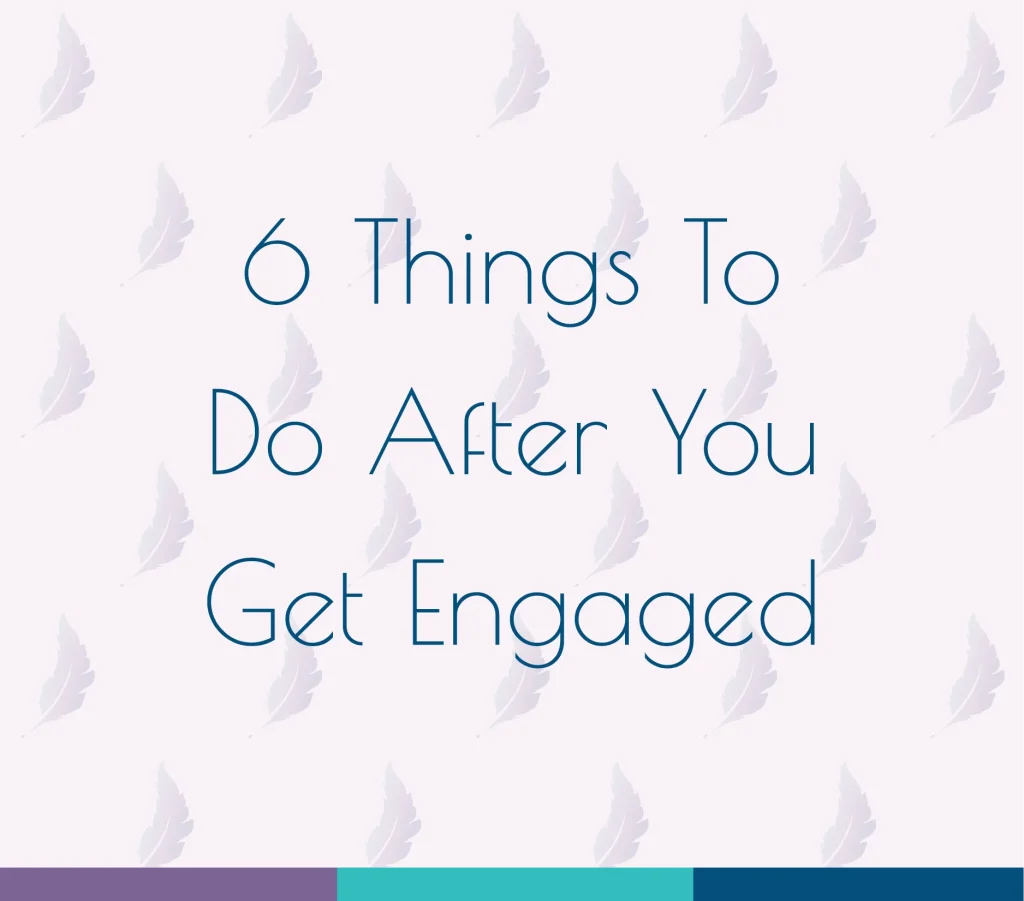
From “Yes!” to “I Do”, Your First Steps After Getting Engaged: An Inkspiration by Gabrielle Guide
Yay and congratulations and your engagement! But now what? The pressure of making countless planning decisions can feel overwhelming even before you’ve popped the champagne. While it might seem like there are a million things to do, there are really just six key things you should focus on right after getting engaged. Wedding planning is all about taking things one step at a time, so use this post to guide your first steps.

Before anything else, soak up this incredible moment! You’ve dreamt of this day, and it’s finally here. This is a time for pure joy and celebration, a moment to truly savour. Let the excitement wash over you and allow yourself to be swept away by the happiness.
Share the news with those closest to you and revel in their well wishes. This is the beginning of a new chapter, and it deserves to be marked with unbridled enthusiasm. Celebrate, take photos, and cherish the time with your family and friends. Only after that should you turn your attention to the tasks ahead for your big day.

planner and flowers
The first question everyone will ask after congratulating you is, “When’s the wedding?” Having an answer, even a vague one like “we’re aiming for early next year” or “we love the idea of an autumn wedding,” will save you a lot of hassle. Choosing a date or season doesn’t have to be set in stone immediately. Start by discussing your preferences with your partner: do you envision a cosy winter celebration or a vibrant summer affair? Consider practical factors like work schedules, family commitments, and even the weather. Once you have a general idea, you can start looking at venue availability; if your heart is set on a particular venue, their availability might dictate your final date.
This seemingly simple decision has a ripple effect on almost every other aspect of your wedding planning. It influences venue availability (popular venues often book up well in advance, especially for peak seasons) and impacts your choice of suppliers, from photographers to florists, as their availability will also depend on the time of year. Choosing a date or season also helps you narrow down venue choices and colour schemes; for instance, an autumn wedding might inspire a colour palette of warm golds, reds, and oranges, while a spring wedding might call for pastel shades.
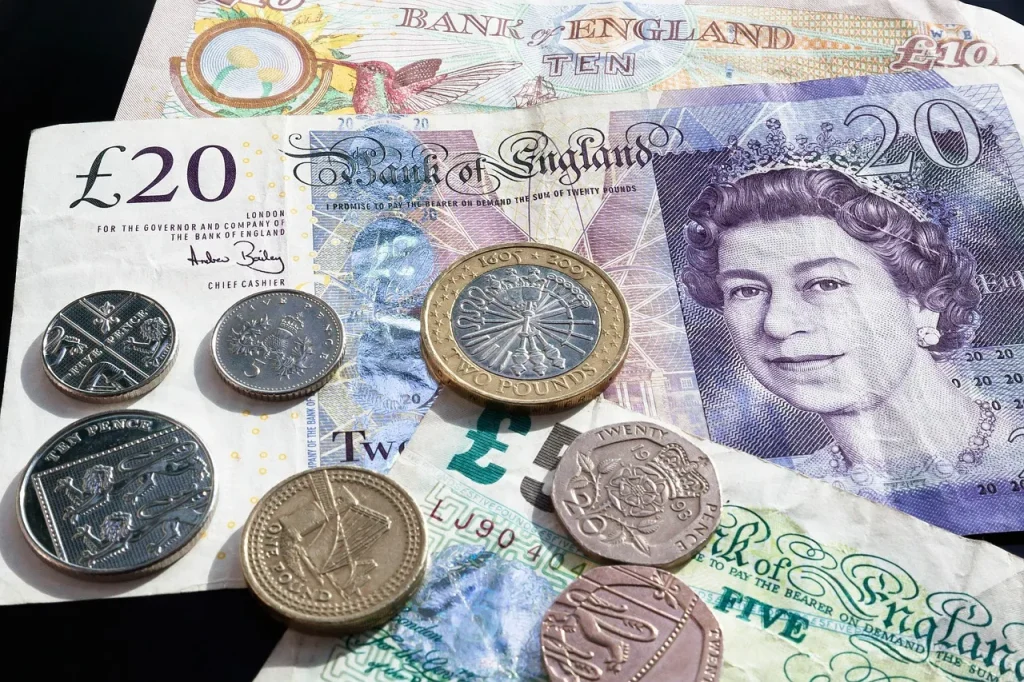
English money
Nobody enjoys talking about money, but you can’t really move forward with wedding planning without at least a rough idea of your budget. This will influence several factors, including the season/month of the wedding, the venue, the number of guests, the size of the wedding party, and the cost of the wedding dress, among other things.
There are different approaches to budgeting. Some couples prefer to set an overall budget and then allocate funds to different categories (venue, catering, flowers, etc.). Others start by researching the average cost of different elements and then work backwards to determine a total budget. Find a method that works best for you and helps you feel in control of your spending.
You could also open a dedicated savings account for your special day. Once you’ve done this, start putting a set amount into it each pay period, specifically for wedding-related expenses. This provides a clear separation between your regular finances and your wedding funds.
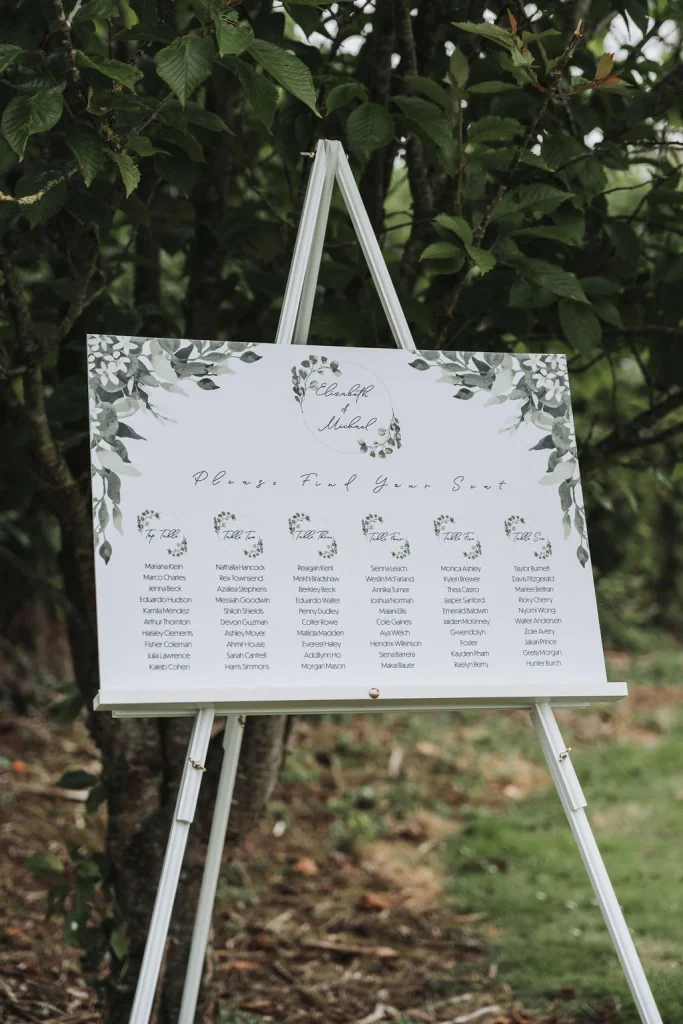
Determining your guest list is key, as its size directly impacts your venue choice. Start by creating a preliminary list of family and friends you and your partner want to invite. A spreadsheet is ideal for this.
It’s wise to anticipate some declines. Roughly 20% of invited guests might decline for various reasons, and of those who RSVP “yes,” around 5% might not show up on the day. These things happen, so factor these potential absences into your planning to avoid overspending on per-person costs.
Knowing your approximate guest numbers also helps with other planning aspects, such as invitation quantities, table and chair rentals, and catering. Getting this right early on saves time, stress, and money later.
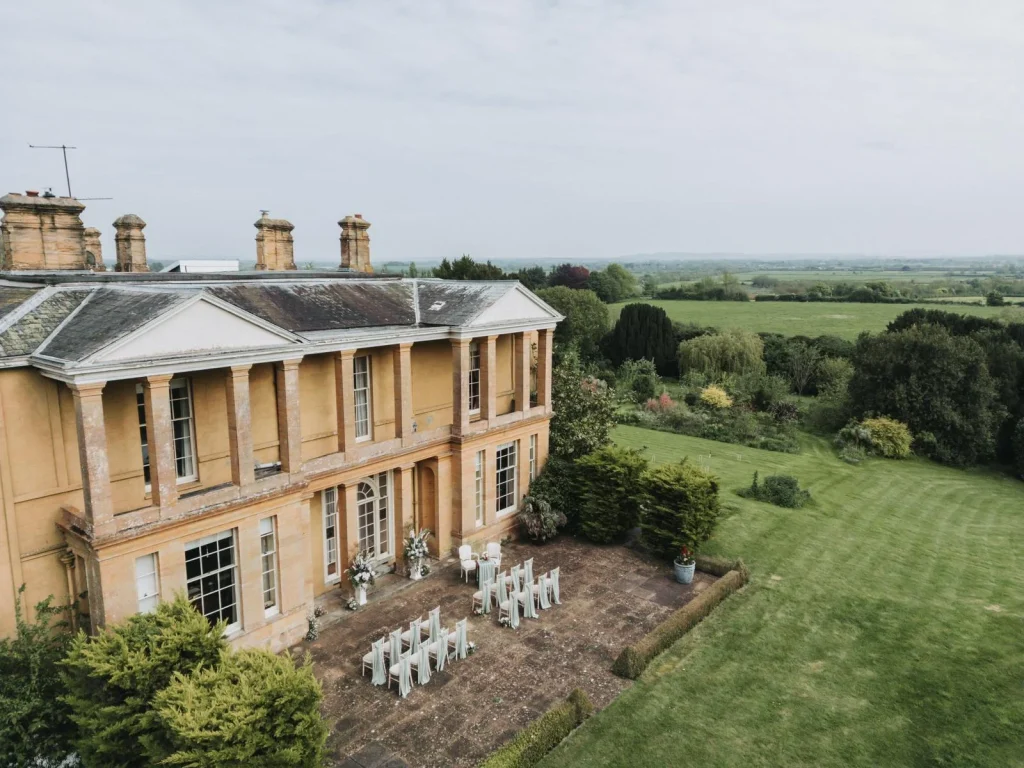
Depending on the time of year and the venue’s location, popular dates can book up well in advance. Therefore, starting your venue search early is crucial to avoid disappointment. A helpful way to manage your options is to create a spreadsheet to organise all the relevant information you gather. This spreadsheet should include key details such as:
This organised approach will make comparing venues much easier. You can quickly see which venues meet your essential criteria, such as capacity and budget, and then delve into the finer details. Having all the information in one place will also help you avoid overlooking important factors and make a well-informed decision. Once you’ve found the perfect venue, don’t hesitate to book it; securing your date is a significant milestone in your wedding planning journey.
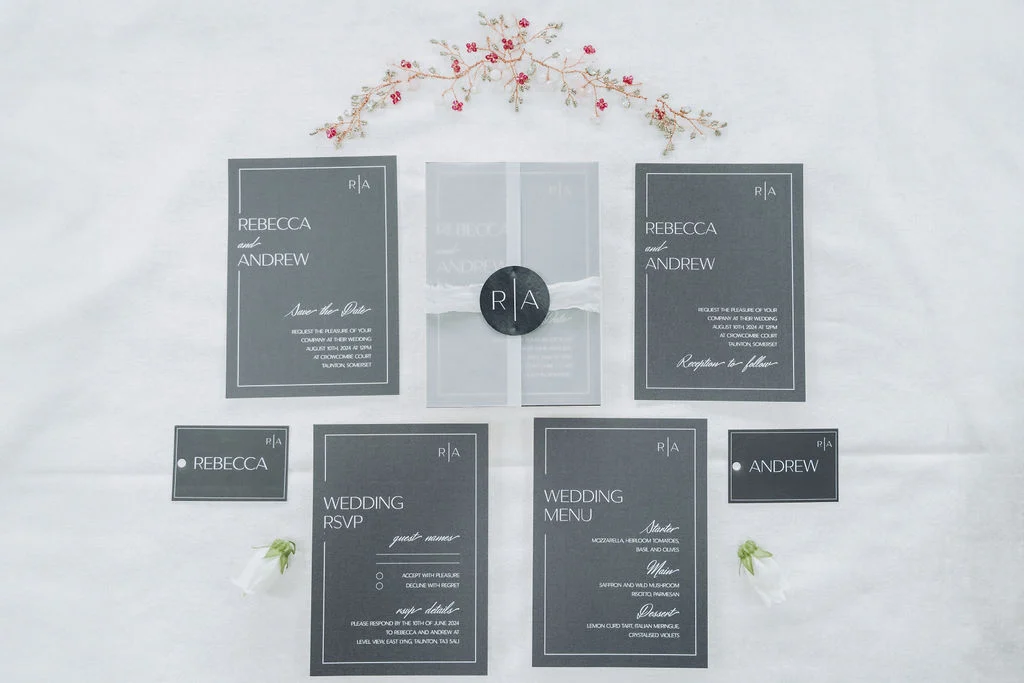
Once you’ve secured your venue and set your date, it’s time to think about informing your guests. Save-the-dates are a great way to give your guests advance notice, especially if you’re planning a destination wedding or a wedding during a popular holiday period. If you are not sure about sending out save the dates, you can go straight to sending your wedding invitations providing you have all the details needed to send to your guests.
Below is a link to my free Wedding Stationery Timeline document, which will give you an idea of when to order your wedding stationery to ensure everything arrives in plenty of time.
When it comes to your stationery, consider your wedding style and choose designs that complement your overall theme. Whether you opt for elegant and traditional invitations or something more modern and creative, ensure all essential details are clearly stated:
For invitations, you’ll also need to include RSVP information and any other relevant details, such as dress code or accommodation suggestions. Don’t forget to factor in printing and delivery times when placing your order to ensure you send them out with plenty of time to spare.
The time after you get engaged is so exciting, and I hope this post helps you navigate it smoothly. Before you know it, you’ll be amazed at how far you’ve come. Enjoy the process, and, most importantly, don’t forget to celebrate!
To view more of my wedding stationery work, including gift and card signs, RSVPs, save the dates, invitations, seating plans, welcome signs and so much more, please take a look at my website links below, Instagram or Facebook pages, or my Pinterest page:
If you’re interested in having wedding stationery designed for your wedding day that truly reflects your unique love story, please get in touch with me today.

A little bit about me: I'm Gabrielle. I'm a mother to my wonderful son, a wife to my incredible husband, and a cat mom to my two Bengal boys.
Recently, I embarked on my dream of starting my own graphic design business, where I offer a range of services, including branding, website design, and wedding stationery.
I've decided to start a blog to share my thoughts and opinions on these topics, with the hope that my insights will be helpful to others.
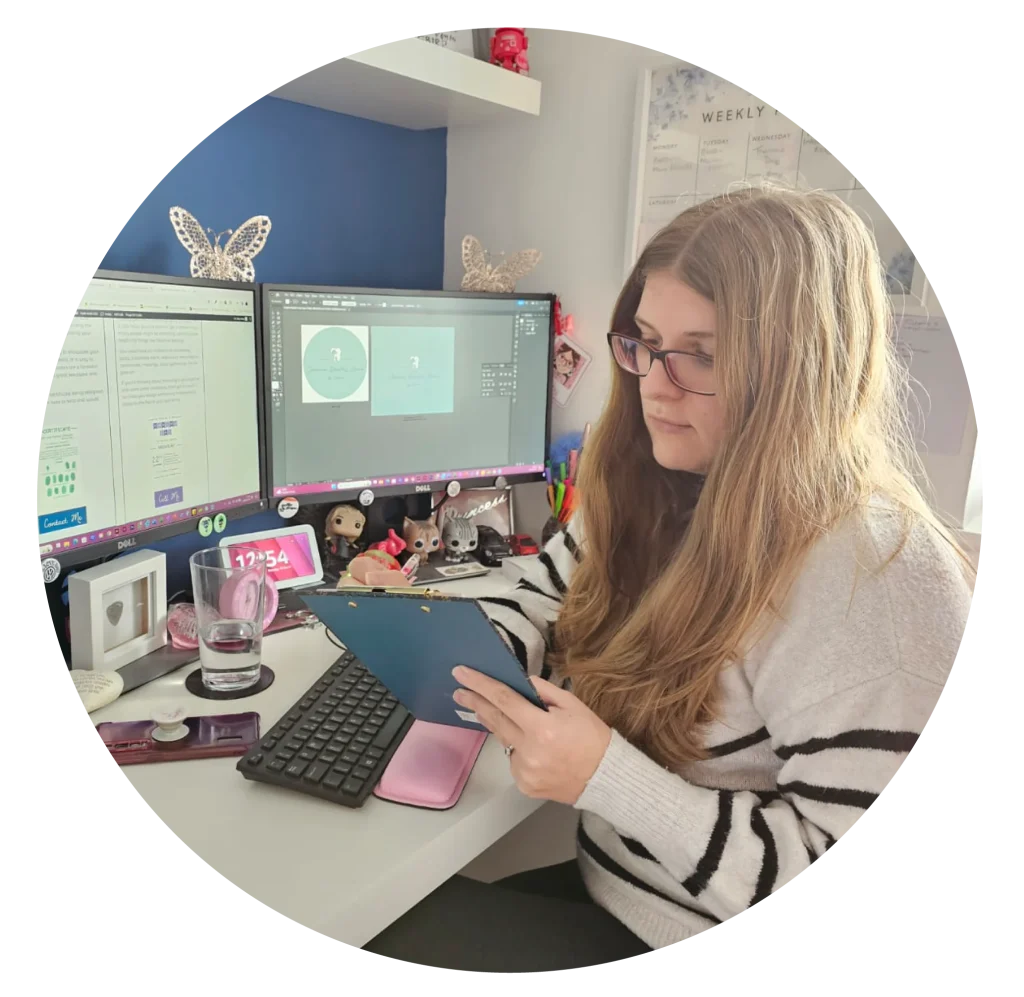
Hi, I’m Gabrielle
A little bit about me: I’m Gabrielle. I’m a mother to my wonderful son, a wife to my incredible husband, and a cat mum to my two Bengal boys.
Recently, I embarked on my dream of starting my own graphic design business, where I offer a range of services, including wedding stationery, greeting cards, invitations, website design, branding and other design services.
I’ve decided to start a blog to share my thoughts and opinions on these topics, with the hope that my insights will be helpful to others. I hope you all enjoy.
gaby x
Inkspiration by Gabrielle is a dream that I have had for a long time, and I have finally had the opportunity to make it a reality, by being able to design wonderful logos, websites, wedding stationery and so much more for my truly amazing clients, all through the medium of graphic design.
Contact Inkspiration by Gabrielle today to find out how I can help you bring your ideas to life through Graphic Design.
© All Rights Reserved – Inkspiration by Gabrielle
Website and Branding Design by Inkspiration by Gabrielle
© All Rights Reserved – Inkspiration by Gabrielle
Website and Branding Design by Inkspiration by Gabrielle